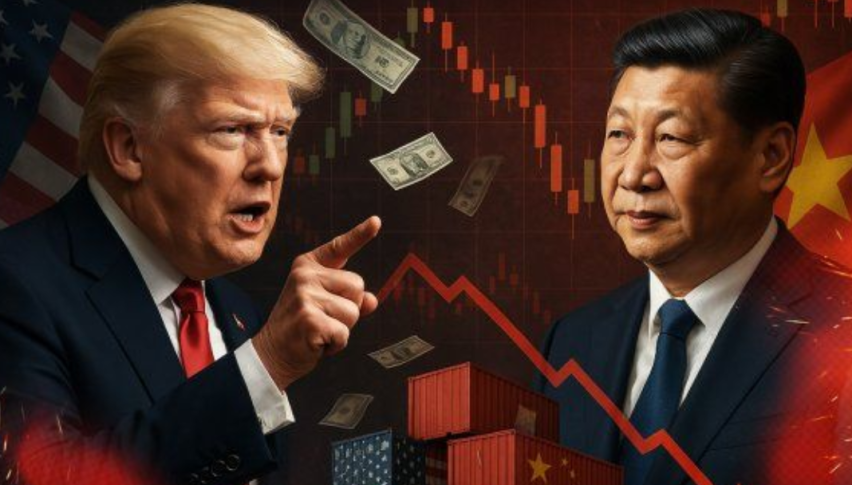Trade War Pushes China’s Share of U.S. Imports to Lowest Level Since 2001
Vietnam had been one of the hardest-hit nations by Trump’s April tariff measures, initially facing a 46% duty on its exports.

Quick overview
- Chinese exports to the U.S. fell sharply in May, with China's share of total U.S. imports dropping to 7.1%, the lowest in over two decades.
- Taiwan and Vietnam have gained significant ground in the U.S. market, with Taiwan's share rising to nearly 6% and Vietnam doubling its share to 6% as well.
- The decline in China's trade position has prompted the U.S. to negotiate a new trade agreement with Vietnam, imposing tariffs on goods imported from the country.
- This shift in trade dynamics highlights a broader realignment in U.S.-China economic relations that began during the Trump administration.
Chinese exports to the United States dropped sharply in May, while other Asian countries—especially Vietnam and Taiwan—gained ground in the American market.

According to trade data released Thursday by the U.S. Census Bureau, China’s share of total U.S. imports fell to just 7.1% in May, its lowest level in over two decades.
That figure marks a 4.3 percentage point drop compared to the same period last year and continues a downward trend that began during former President Donald Trump’s first term.
Back in September 2024, China still accounted for 14.8% of U.S. imports, highlighting the speed of this commercial realignment between the two economies.
The latest decline places China at its weakest position in the U.S. import market since 2001—the year it joined the World Trade Organization (WTO).
Opportunity for Taiwan and Vietnam
China’s shrinking role in U.S. trade has quickly opened the door for regional neighbors. Asian exporters, particularly Taiwan and Vietnam, have seen a notable surge in shipments to the U.S.
In May, Taiwan made up nearly 6% of U.S. goods imports, up from just 3% in 2023. This increase has been largely driven by soaring demand for AI-related semiconductors, a sector in which Taiwan maintains global dominance.
Vietnam also captured a 6% share of U.S. imports in May, effectively doubling its 2023 level. However, Vietnam’s rise is more complex, fueled both by re-exports of Chinese goods and by locally manufactured products using Chinese components.
Negotiating with Vietnam
This strategy of “trade triangulation” has not gone unnoticed by U.S. authorities. On Wednesday, President Donald Trump announced a new trade agreement with Vietnam.
The deal sets a 20% tariff on goods imported directly from Vietnam, and a 40% tariff on Vietnamese goods entering the U.S. via third countries. In return, the U.S. will receive “full access” to the Vietnamese market.
Vietnam had been one of the hardest-hit nations by Trump’s April tariff measures, initially facing a 46% duty on its exports.
- Check out our free forex signals
- Follow the top economic events on FX Leaders economic calendar
- Trade better, discover more Forex Trading Strategies
- Open a FREE Trading Account